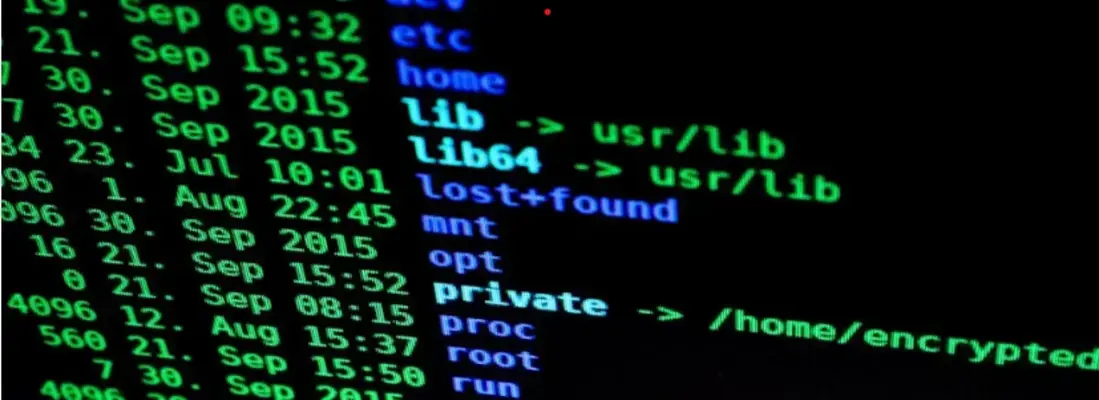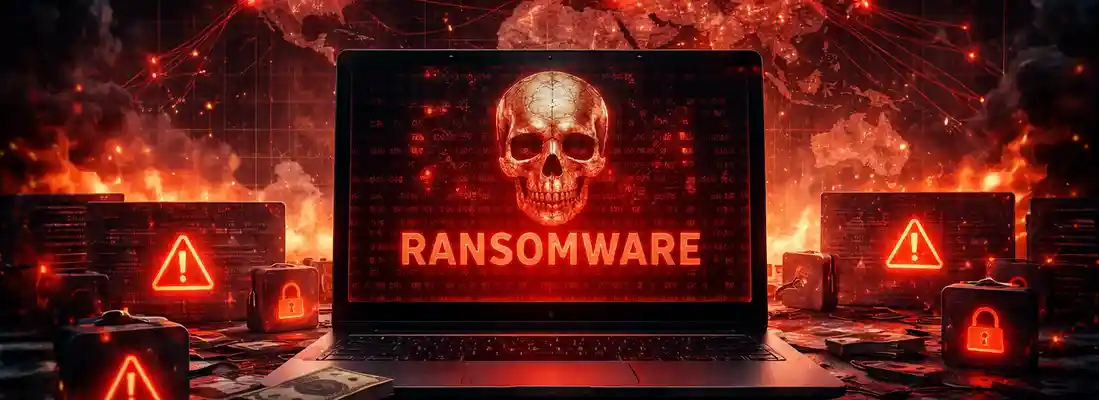Date: 7 July 2025
What Are Cyber Tabletop Exercises: A Quick Introduction
A Cyber Tabletop Exercise is like a fire drill, but for cyber attacks. It's a guided, discussion-based session. Key people in the company come together to act and respond the way they would during a real cyber incident.
There’s no actual hacking or disruption to operations. Instead, an experienced facilitator walks the team through a realistic scenario to test how prepared they are. During the cybersecurity simulation exercise you can assess how quickly the participants respond, and how well aware they are of their roles and responsibilities.
This cyber drill, if done right, is the perfect litmus test for your Cyber Incident Response Plan. It also highlights if there are any gaps in cyber incident response training for specific individuals or teams. Since the participants must include members of diverse teams, these tabletop exercises foster better communication and coordination.
Cybersecurity drills are no longer optional. They have become critical components in your Business Continuity strategy.
In the next section, let's explore the detailed benefits of these exercises and how to design one that truly makes an impact.
Top Benefits of Cyber Attack Drills in 2025
1. Reveal Hidden Vulnerabilities & Gaps in your Incident Response Strategy
A significant benefit of a Cyber Tabletop Exercise is its unparalleled capacity to reveal vulnerabilities that may not become apparent during routine operations.
These vulnerabilities could include:
- Overlooked steps in incident response plans
- Critical gaps in communication protocols or channels
- Outdated procedures
- Specific teams or employees that aren’t adequately trained in Incident Response
During a cyber drill, it’s possible to observe precisely how systems, processes, and personnel react to simulated cyber crises. These exercises offer real, actionable insights into areas that require immediate attention.
2. Build Muscle Memory for Incident Response
In the heat of a real cyber incident, time is everything. Tabletop Exercises help build instinctive responses by allowing team members to practise their roles in a simulated crisis. When the real incident occurs, those rehearsed responses can kick in without hesitation.
Just like emergency drills in physical safety, cyber drills ensure that critical staff are not scrambling to figure out next steps when every minute counts.
This muscle memory can significantly reduce the impact of an actual breach.
3. Strengthen Cross-Functional Coordination
Effective incident response isn’t just a technical challenge. It’s a coordination challenge. Tabletop exercises bring together IT, Security, Legal, HR, PR, and Executive teams to ensure they understand how their roles intersect during a crisis.
It helps break silos and fosters a collaborative mindset. These exercises ensure that teams aren’t operating in isolation. They help participants to understand the importance of functioning as a cohesive response unit.
4. Enhance Leadership & Cybersecurity Decision-Making
Cyber incidents are high-stress situations that demand clear-headed leadership. Executive Tabletop Exercises are particularly effective in preparing leadership to make fast, informed decisions with limited information. They also help majorly in getting executive buy-in for cybersecurity investments.
Executive Tabletop Exercises expose decision-makers to simulated pressure. This forces them to come to terms with the actual risks their business is facing and address difficult choices.
Cyber Drills clarify what decisions they must make in the event of a cyber attack. These decisions include whether to go public with a breach or pay a ransom. This type of training is essential for building leadership confidence and improving strategic thinking during real events.
5. Validate and Improve Incident Response Plans
Too often, organisations have excellent documented Incident Response Plans. But these plans remain untested and are therefore no good in a real-world crisis.
Tabletop exercises validate whether those plans actually work in practice. They also show you if all team members know their roles. Are the contact details up to date? Is escalation handled properly? Running realistic scenarios for your business expose flaws and help refine processes. This makes your plans more practical and effective.
6. Ensure Regulatory & Compliance Readiness
With increasing regulatory scrutiny around data breaches and incident response, many frameworks now recommend or require regular incident response testing.
Regulations like NIS2, DORA, and GDPR either mandate or strongly encourage regular resilience testing. NIS2 has significantly broadened the scope of critical entities required to implement robust cybersecurity measures and report incidents. The EU DORA has introduced comprehensive requirements for financial entities to ensure their ability to withstand, respond to, and recover from ICT-related disruptions. The GDPR continues to emphasize the importance of data security, implicitly requiring organisations to employ strong resilience strategies to protect personal data from breaches.
Among the most effective methods for achieving this preparedness and demonstrating compliance is regular Cyber Tabletop Exercises. Beyond internal preparedness, they serve as a powerful tool for demonstrating due diligence to both auditors and regulators.
7. Integrate Technical and Human Elements
Cybersecurity isn’t just about firewalls and patching. It’s also about human behaviour. Tabletop exercises evaluate how people communicate. They test how your team responds under pressure, and how they handle conflicting priorities. They test your technical controls and human protocols simultaneously, making them a uniquely comprehensive preparedness tool.
8. Expose Supply Chain & Third-Party Risks
Many cyber incidents originate from third-party vendors or service providers. Take the case of the recent Qantas data breach. It has been linked to a compromise at the airline’s third-party contact centre.
Tabletop exercises can simulate supply chain attacks and assess how your organisation would respond. Would your team know how to isolate a vendor? Would legal and procurement be looped in on time?
These scenarios build awareness and drive the integration of third-party risks into your broader resilience strategy.
How to Design an Impactful Cyber Tabletop Exercise
You are probably convinced about the importance of conducting regular cyber drills in your organisation by now. But how do you ensure that the Tabletop Exercise you do conduct serves its purpose and truly uncovers meaningful insights for your business?
Designing a high-impact Cyber Attack Simulation Drill requires thoughtful planning and alignment with your organisation's real-world threat landscape.
Here's a quick overview of some of the best practices you can implement to get the most out of your cyber drill:
- Define Clear Objectives: Defining clear objectives is the cornerstone of an effective Cyber Tabletop Exercise. Begin by identifying your primary goals. Do you aim to assess your executive team's ability to make strategic decisions under pressure? Do you want to test your communication channels and escalation procedures? Are you looking to evaluate how well your Incident Response team coordinates both internally and with other departments during a crisis?
Clarifying these objectives ensures your exercise is purpose-driven and targeted. This will help deliver actionable outcomes that directly align with your organisation’s risk profile and regulatory requirements. - Involve the Right Stakeholders: Ensure representation from all key departments — IT, security, legal, PR, HR, and executive leadership. It’s essential that the exercise includes individuals who are directly responsible for technical controls as well as those who manage communications, crisis management, legal compliance, and business operations.
This simulates the realities of a true cyber incident. Decisions and actions will invariably span multiple functions during a cyber crisis. But more importantly, inclusive participation also bridges the gap between technical and non-technical teams. Remember, the most successful tabletop exercises are those that foster active collaboration and authentic engagement from every arm of the business. - Develop Realistic Scenarios: Use current threat intelligence to simulate plausible attack vectors. Integrate the latest cyber crime trends, prominent threat actors, and emerging attack techniques relevant to your operational environment. Use our comprehensive list of over 30 Tabletop Exercise Scenarios and Threat Actors to create a scenario that's truly relevant to your business.
Scenarios should be customised to your industry, business model, and risk profile. They should take into account your organisation’s regulatory obligations too. This approach ensures that every exercise meaningfully prepares your team to recognise and respond to the type of cyber incidents most likely to impact your business. - Assign Roles and Responsibilities: Clearly define roles and responsibilities of key participants. This should reflect their duties and decision-making authority during a real cyber incident. Ensure that you mirror your actual incident response structure.
Map out roles such as Incident Commander, Communications Lead, IT Security Analyst, Legal Counsel, HR representative, and any other stakeholders whose actions could influence the outcome.
Make sure that escalation paths and succession plans are well represented in your tabletop exercise. Role clarity eliminates confusion in the event of an actual attack. It streamlines communication, and prepares each team member to respond confidently. - Simulate and Engage: The session should be interactive. Encourage participants to think, act, and respond, rather than just discuss hypotheticals. This can be achieved by presenting challenging, real-world scenarios. Ask participants to actively make decisions and communicate with other team members.
To keep participants engaged, it's important to have an experienced external facilitator. They are impartial and objective. Further, their real-world experience and expertise in facilitation can quickly earn the respect of all attendees. This means even the slightly disengaged participants are more likely to respond well during the exercise.
The facilitator should introduce twists or “injects” that test the team’s adaptability. These can include breaking news updates, regulatory queries, or technology outages. Incorporating real-time role-play and decision tracking provides a more immersive experience. - Debrief and Capture Lessons Learned: After the exercise, conduct a thorough debrief. Gather all participants and use a structured review session to encourage open discussion and honest feedback. Carefully examine the timeline of decisions and communication flows. Incident escalation and resolution actions must be meticulously mapped.
Document what went well. Identify what didn’t work as intended. Engage the team in identifying root causes and underlying factors behind any challenges encountered. Finally, capture specific and actionable recommendations on where improvements are needed. All lessons learned should be formally recorded so concrete steps can be taken for improvement or updates to your incident response plan.
Final Thoughts
Cyber Tabletop Exercises are a strategic investment that elevate your organisation’s preparedness against cyber threats. They offer a controlled environment to test, learn, and evolve. They help you ensure your response isn’t just written on paper, but ingrained in practice. With rising regulatory pressure and growing cyber threats, conducting well-facilitated tabletop exercises is no longer a choice. It’s a business imperative.
To take your first step towards cyber resilience, partner with Cyber Management Alliance. We have conducted hundreds of successful tabletop exercises for organisations across the globe over the last one decade. With our bespoke scenario creation and expert facilitation, we can help clearly see the gaps in your cyber resilience posture and help you overcome them with equal effectiveness. Give us a call today to discuss which Tabletop Exercise would be most suited to your needs!
.webp?width=1170&name=CCTE_2025_cropped%20(1).webp)








